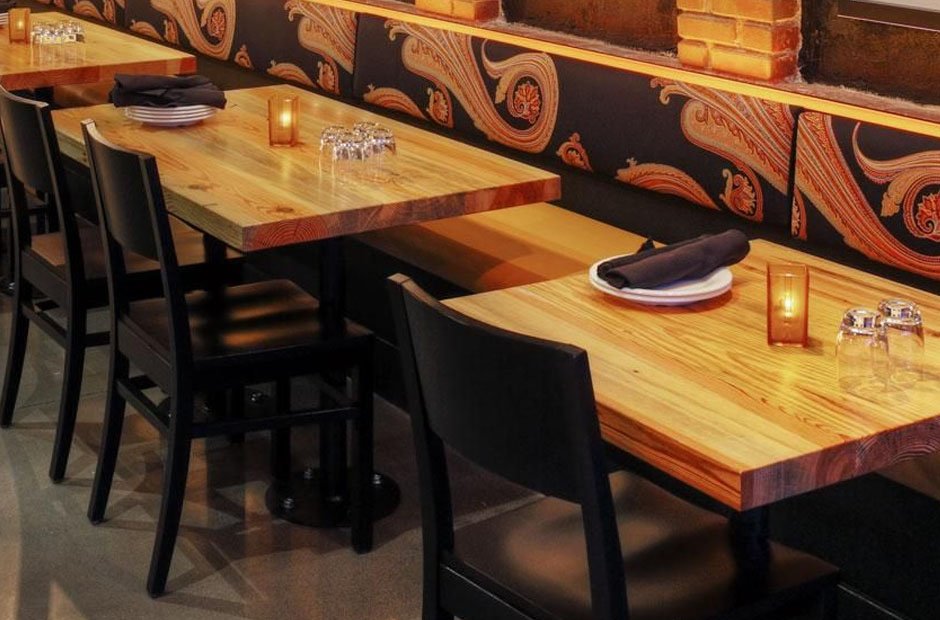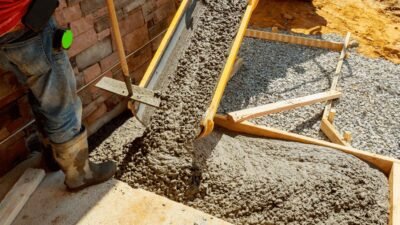Dining is more than the table—you can’t begin to eat without ambiance, comfort, and room planning all collaborating on the way a meal is experienced by guests. Perhaps the most powerful of often overlooked elements is the table itself. Shape and size notwithstanding, material and configuration all play a role in creating a room mood to enabling or frustrating conversation. Informal café or formal dining table, setting the tone for interaction, for privacy, even for a meal’s pacing.
The selection of restaurant dining tables requires a strategic combination of visual appeal, operational requirements and customer movement. Large dining tables consume unnecessary space while small tables create tight spaces that impede service delivery. Restaurant tables need to be selected based on the projected number of guests, the dining format and the way customers will use the space. The correct table design simultaneously improves restaurant appearance and provides better comfort for customers during their dining experience.
What Table Shapes Suit Different Restaurant Styles?
When choosing tables, you should also consider their shape because it can impact energy flow, communication, and flexibility. Round tables promote inclusive discussion and work best for dine-only rooms or intimate spaces. Restaurants or long rooms benefit from rectangular tables because you can easily arrange them in rows to reach full seating capacity. Square tables are very adaptable and work best for spaces of a moderate size, large groups or couples. Additionally, their shapes mean you minimize the chances of colliding with each other to reach a comfortable experience on a prolonged basis.
Materials Matter: Balancing Durability and Design
Tables in restaurants experience repeated wear and tear due to wine spills, hot plates, everyday maintenance, and chair motion. Solid woods create classic beauty but require periodic maintenance to prevent warping and tabletop damage. Laminate table tops and frame construction work well for busy areas. Designers now suggest mixed-material products that combine classic beauty through wood with industrial strength through metal or engineered materials for a combination of style and functionality. A finish resistant to heat and stain is essential, especially for fast-turning customer areas and busy traffic areas. A middle-of-the-way compromise between strength and maintenance requirements and aesthetic concerns can facilitate ease of maintenance and a better restaurant image.
The Role of Table Height and Seating Comfort
The table-chair height relation is vital to a memorable dining occasion. Standard dining locations fall between 28 and 30 inches in human comfort zones. But alternative heights, such as bar or counter tables, present variety and ease of accommodation. The comfort does not only rely on the height but also on the table width, leg space, and choice of seating. Ergonomic research concludes that perfectly sized tables and chairs encourage consumers to order more, dine longer, and be loyal to the restaurant. Extra table height or seating accommodation from a menu can enhance service delivery and a smooth dining experience.
Space Planning: Closely Set Tables or Open Layouts?
Space efficiency for restaurants is a marriage of revenue with atmosphere. Closed tables can cause crowded conditions, a lack of privacy, and more noise, whereas open dining areas give more space, privacy, and a calming atmosphere. Space-flexible solutions such as transportable partitions, modifiable tables, and adjustable seating allow restaurant managers to change their spaces for special events, large reservations, or evolving service demands. Such flexibility accommodates space needs and prepares the dining area for adjustable customer demand and architectural trends. In doing so, restaurants can accommodate changing events easily without sacrificing operating efficiency.
Incorporating Sustainability into Table Choices
The market shows growing interest in tracking down the origins of products and companies. Sustainable restaurants now follow both established regulations and customer requirements for environmentally-friendly products. The use of reclaimed wood, bamboo and recycled products helps minimize environmental damage while maintaining both style and performance quality. Sustainable tables serve as a distinctive marketing point for restaurants which shows their dedication to the world and attracts environmentally conscious consumers.
Trends in Restaurant Table Design
Restaurants’ design is continually evolving, and table designs are a fundamental component of creative planning. Tables can be easily transformed in shape or size, so they are adaptable to various events or changes of service. Current trends in color and materials encompass dramatic finishes with reclaimed wood, laminate, textured metals, bold grains, and hand-finished edges. The need to combine form and function has led to table designs with charging outlets, built-in lights, and sound-absorbing panels, all working to create a lasting impression of dining.



